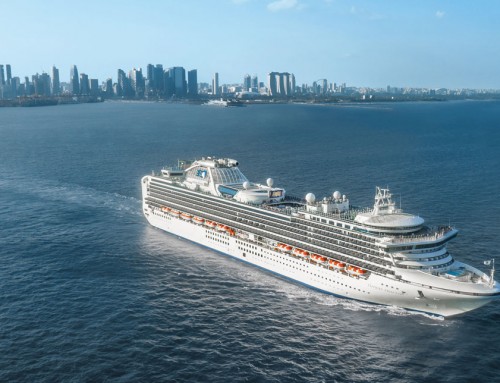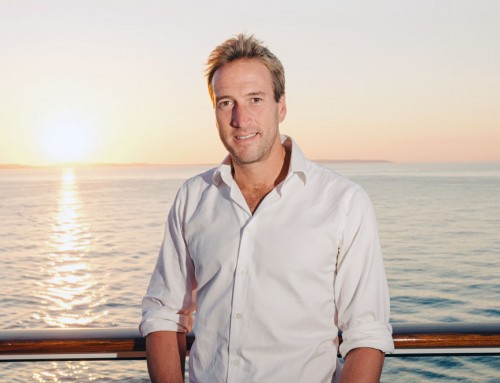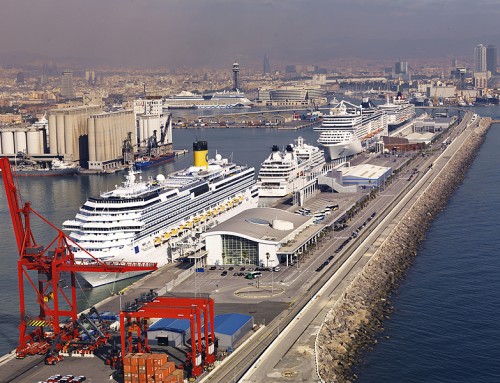Tucked up in the back of a tuk-tuk is a great way to explore a new city. And then again it isn’t.
I’m spending Christmas and the New Year on board Voyages of Discovery’s mv Voyager, and I will be making a welcome return to the city of Yangon, or Rangoon, in Myanmar (or Burma).
We left behind a chilly London and flew overnight from Heathrow to Colombo, Sri Lanka, where the ship was spending two nights. Fully refreshed by the second day, we left Voyager temporarily to take a gentle stroll around the Fort district just beyond the port gates.
A gentle “no, thank you” was accepted by most of the taxi drivers offering their services, but when it became apparent that the road which we wanted to follow was closed, that there was not much to see in the immediate vicinity, and Colombo is a sprawling metropolis, a tuk-tuk driver’s offer of a one-hour tour for $20 seemed a good deal.
Off we sped, with promises of a visit to a temple and a market ahead. We drove along the waterfront, where land was fenced off for the construction of a brace or more of luxury hotels. Our driver pointed out the former government house, a colonnaded splendour that would not have looked out of place in Athens, and we paused at a level crossing while a passenger train loaded almost to Indian standards clanked and hooted its way past.
There’s not much room inside a tuk-tuk. The view is mostly limited to looking past the driver’s head and through the cracked windscreen to the back of a bus belching diesel fumes at an unfeasible decibel level. Otherwise, much of the scenery passes in a blur.
We caught a glimpse of an elephant, and the driver swung his vehicle towards the kerb. We had arrived at the Gangaramaya Buddhist temple and he whisked us inside to remove our shoes and hand over 200 rupees each (about 80p and given as a donation to a Tsunami charity).
As well as giant statues of the Buddha, there was a veritable museum of figures, porcelain, gold and silver, coins and banknotes – some bearing the Queen’s head. There was even a fading black and white portrait of the Queen and Duke of Edinburgh, clearly older than the date of 2008 when it had been presented to the temple by an English visitor (an ambassador, perhaps, or just an ordinary Brit trying to curry favour?)
Back on the road, through a bewildering maze of streets, and we were delivered to the air-conditioned interior of what claimed to be Colombo’s leading jewellery. There was a dazzling array of semi-precious stones and it was a welcome relief from the heat outside, but it had not been on my agenda. Fortunately the salesmen were less persistent than they could have been – and more significantly Mrs Greybeard did not feel in need of a Christmas sparkler – so it was fairly easy to beat a retreat.
Back in the tuk-tuk we negotiated Colombo’s daunting lunch-time traffic to return to the port gates and the bazaar we had originally been searching for on foot. There was a myriad of goods on sale, but nothing we actually needed or wanted so we were soon walking back to the ship.
The following day Voyager arrived in Sri Lanka’s new commercial port of Hambantota – so new it did not boast a single crane.
In fact the only cranes we say that day were magnificent birds among the teeming wildlife at Bundala National Park. I’m no ornithological expert, but you can take a look at some of the creatures we saw in the picture gallery on my Facebook page.
All too soon, we were leaving Sri Lanka behind, and heading for India’s fourth-biggest city, Chennai. I’ll be writing about that visit in the next episode of this travelogue.





Leave A Comment